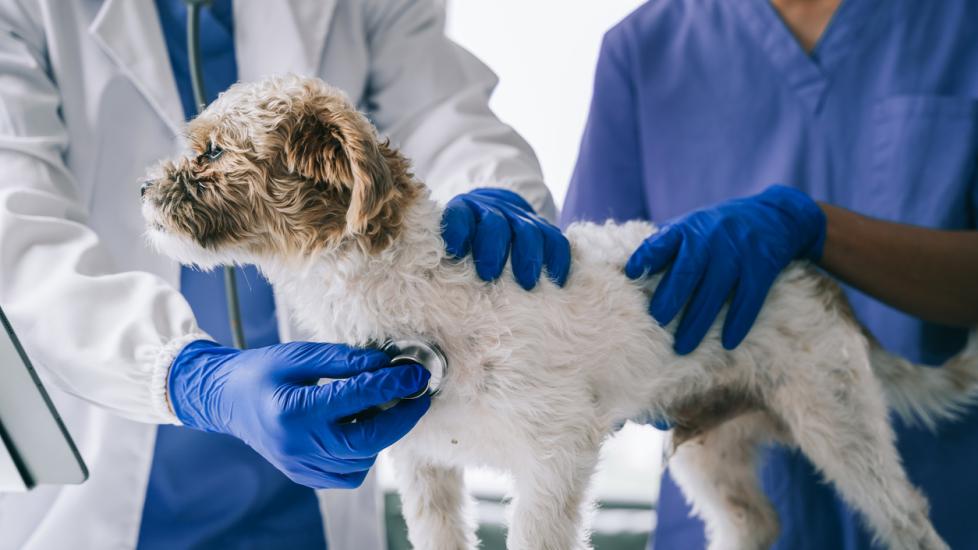The Silent Killer: Understanding Liver Disease in Canine Companions
In the realm of canine health, liver disease is a formidable adversary that often goes unnoticed until it’s too late. This silent killer can affect dogs of any breed or age, and its symptoms are notoriously subtle, making early detection challenging for even the most attentive pet owners. As a professional pet expert with expertise in writing about our furry friends, I aim to shed light on this insidious condition, providing you with essential knowledge to recognize the signs, understand the causes, and implement preventive measures to safeguard your dog’s well-being.
Understanding the Canine Liver
Before delving into liver disease itself, let’s take a moment to appreciate the vital role the liver plays in a dog’s body. This hardworking organ acts as a filter, detoxifying harmful substances, producing bile for digestion, storing energy (glucose) as glycogen, and synthesizing proteins crucial for blood clotting and tissue repair. The liver also regulates metabolism, ensuring that nutrients from food are efficiently used by the body.
Causes of Dog Liver Disease
There are various types of liver diseases affecting dogs, each with its own set of triggers and progression patterns. Some common causes include:
- Infectious Agents: Bacterial, viral, or parasitic infections can lead to inflammation and damage to the liver cells.
- Toxins: Exposure to chemicals such as pesticides, certain medications at incorrect dosages, and even some plants can be detrimental to a dog’s liver function.
- Genetic Predisposition: Certain breeds like Doberman Pinschers, Dalmatians, Cocker Spaniels, and Labrador Retrievers have an increased risk due to genetic factors.
- Metabolic Disorders: Conditions like hepatic lipidosis where fats accumulate abnormally within liver cells can lead to dysfunction.
- Immune System Dysfunction: Autoimmune hepatitis occurs when the immune system mistakenly attacks healthy liver cells.
- Nutritional Imbalances: Malnutrition, rapid weight loss/gain, or poor diet quality can stress the liver over time.
- Ageing: Older dogs may experience degenerative changes in their liver similar to humans experiencing liver aging.
Symptoms of Dog Liver Disease
As mentioned earlier, many of the initial signs associated with liver disease can easily be overlooked or attributed to other ailments. Common indicators include:
- Vomiting
- Loss of appetite
- Weight loss despite normal eating habits
- Jaundice (yellowish hue to gums and eyes)
- Weakness and lethargy
- Changes in water intake and urination frequency
- Bad breath or a “hepatocemic” odor to the breath
If left untreated, more severe complications can arise, including fluid buildup in the abdomen (ascites), bleeding disorders, brain dysfunction (hepatic encephalopathy), and ultimately, kidney failure.
Prevention and Treatment Strategies
Early intervention is key to managing liver disease effectively. Regular check-ups with your veterinarian should include routine blood tests that can reveal abnormalities indicating liver problems before they become critical. Your vet might recommend dietary adjustments using high-quality foods designed to support liver health. In some cases, supplements containing antioxidants and herbs known to benefit the liver may be suggested.
For dogs diagnosed with liver disease, treatment plans will vary depending on the underlying cause but typically involve:
- Medications to reduce inflammation and support liver function
- Dietary modifications to limit toxins and provide adequate nutrition
- Intravenous fluids and electrolyte therapy if there’s significant dehydration or imbalances
- Antibiotics or antiparasitics if an infection is present
- Blood clotting factor replacement therapies if necessary
It’s important to work closely with your veterinarian to monitor your dog’s progress and adjust treatments accordingly.
Conclusion
Dog liver disease is a serious concern that demands vigilance and proactive care. By understanding the potential causes and recognizing the telltale signs, we empower ourselves to act promptly when faced with this stealthy threat to our beloved companions’ lives. Through regular veterinary visits, a balanced diet, and careful monitoring of our pets’ behavior and appearance, we can help ensure a long and joyful life together. Always remember that prevention is the best medicine—a sentiment that rings true for both us and our four-legged family members.
